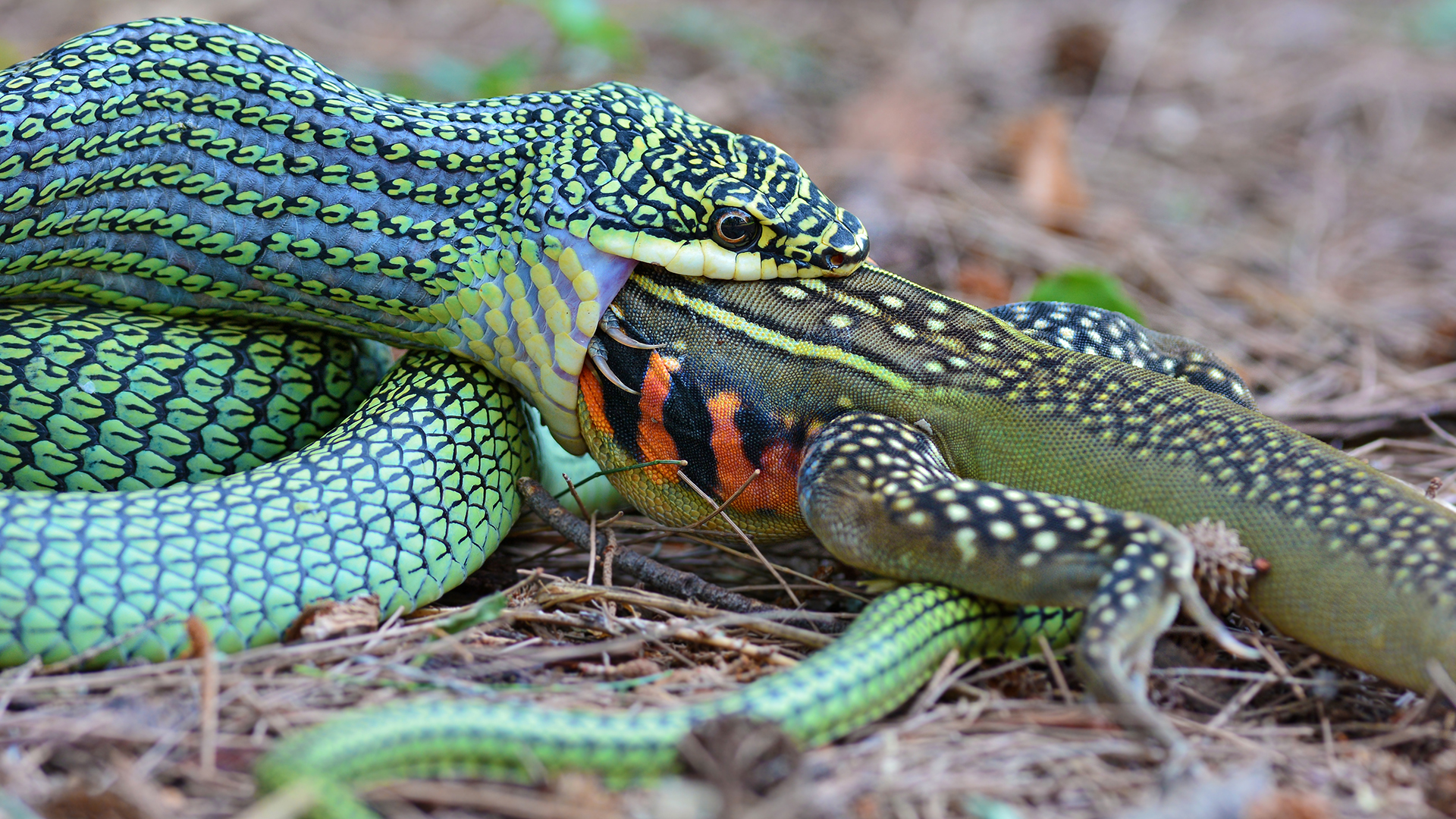While we often picture snakes as relentless predators striking at live prey, many snake owners and herpetologists have observed fascinating instances where these reptiles completely bypass living food. This seemingly counterintuitive behavior has multiple biological, evolutionary, and situational explanations that reveal surprising complexity in snake feeding behaviors. From stress and illness to evolutionary adaptations, the reasons behind this prey avoidance offer fascinating insights into reptile psychology and physiology. Understanding these motivations not only helps snake keepers provide better care but also deepens our comprehension of these remarkable creatures and their adaptive strategies.
The Natural Hunting Instincts of Snakes
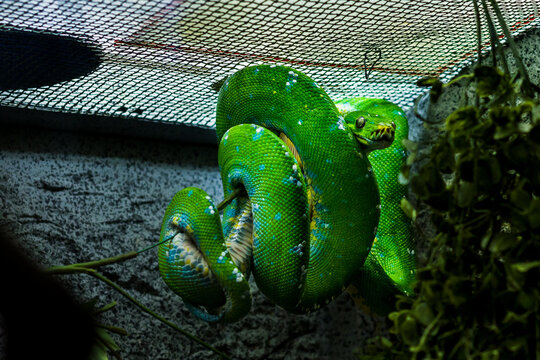
In the wild, snakes have evolved sophisticated hunting mechanisms that generally drive them to pursue living prey. Most species are ambush predators, patiently waiting for the perfect moment to strike with remarkable speed and precision. Their sensory adaptations—including heat-sensitive pits in vipers and pythons, flickering tongues gathering chemical information, and ground vibration detection—all work in concert to help them locate and capture living animals. These instincts are deeply ingrained, developing from the moment they hatch or are born, with juvenile snakes often demonstrating impressive hunting capabilities without any parental guidance. Despite this hard-wired programming, circumstances can arise that override these fundamental instincts, leading to the puzzling behavior of prey avoidance.
Stress as a Major Contributor
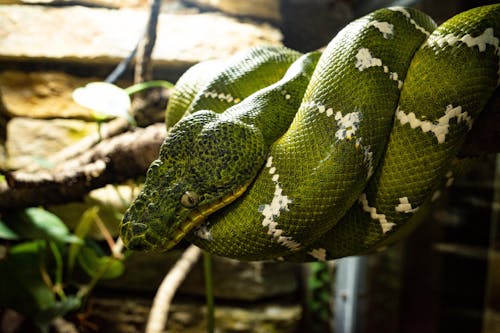
Environmental stress represents one of the most common reasons snakes avoid live prey. When a snake feels unsafe or uncomfortable in its environment, its survival instincts may override feeding behaviors as it prioritizes safety over nourishment. New enclosures, recent handling, transportation, or the presence of perceived threats can all trigger this stress response. The physiological manifestations of stress in snakes include elevated heart rates, increased respiratory rates, defensive posturing, and the production of stress hormones that suppress appetite. Keepers often observe that newly acquired snakes may refuse food for weeks until they’ve acclimated to their surroundings, demonstrating how deeply stress can affect feeding behavior. Even established captive snakes may temporarily cease hunting during periods of environmental change or disruption.
Health Issues Affecting Predatory Behavior
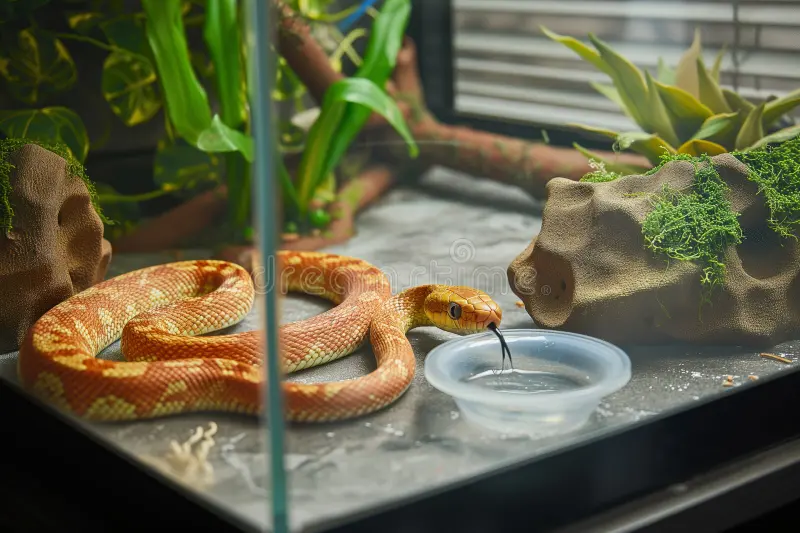
Illness frequently causes snakes to lose interest in pursuing live prey, as their bodies divert energy toward fighting infection or managing disease. Respiratory infections, which are common in captive snakes kept at improper temperatures or humidity levels, can dramatically reduce a snake’s hunting drive and ability to strike effectively. Parasitic infections, both internal and external, deplete energy reserves and can make the exertion of hunting seem too costly from an energy conservation standpoint. Mouth rot (infectious stomatitis) makes striking painful, directly discouraging predatory behavior, while more systemic issues like septicemia or organ dysfunction alter the snake’s entire metabolic state. Observant keepers often first notice illness in their snakes through this characteristic refusal of prey before other clinical signs become obvious.
Seasonal Changes and Breeding Cycles
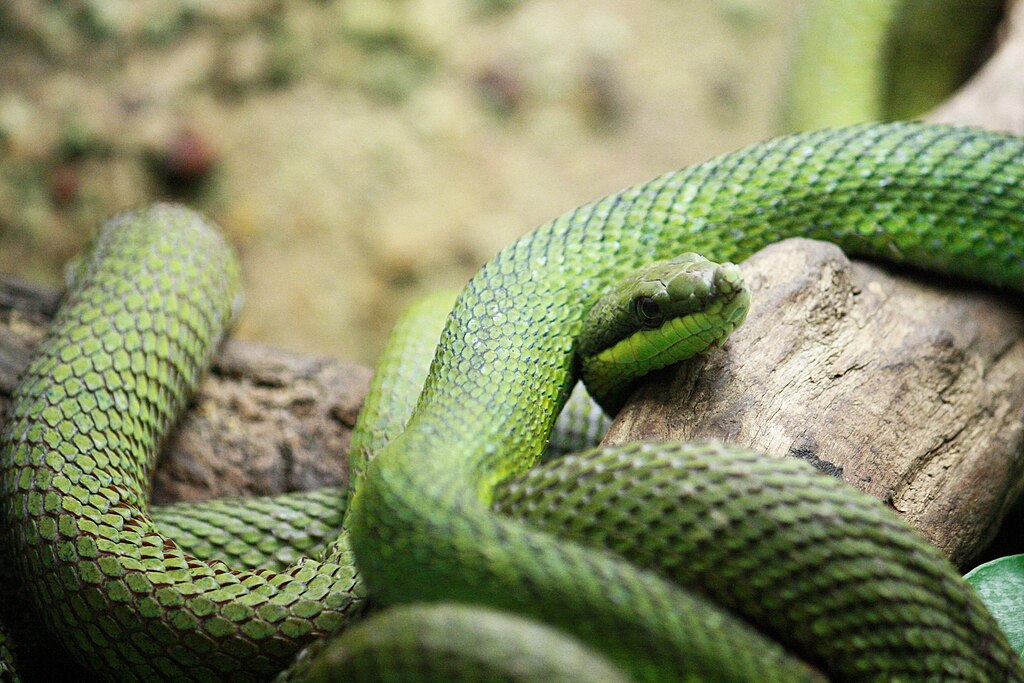
Many snake species exhibit pronounced seasonal variations in their feeding patterns, with some naturally fasting during specific times of year regardless of prey availability. During brumation, a hibernation-like state that occurs in cooler months, metabolic processes slow dramatically, digestive systems become less active, and the drive to hunt virtually disappears. Male snakes often cease feeding during breeding season as they prioritize finding mates over nourishment, sometimes traveling considerable distances and ignoring potential prey encounters along the way. Female snakes display varied feeding responses during reproduction—some species increase food intake to support egg or offspring development, while others reduce feeding as eggs take up internal space or as they prepare for giving birth. These biologically programmed cycles can persist even in captivity, where temperature and light conditions remain constant, demonstrating the power of internal rhythms in snake behavior.
Preference for Dead Prey
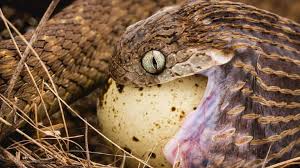
Some snakes develop a distinct preference for dead prey over living food, particularly in captivity, where they’ve been conditioned to accept pre-killed options. This preference often develops through repeated feeding experiences, where the snake learns that dead prey represents a reliable, low-effort food source that doesn’t require the energy expenditure of hunting. Species like ball pythons and corn snakes readily adapt to this feeding method, sometimes to the point where they no longer recognize live prey as food. The scent profile of thawed prey items, which releases stronger odor cues than living animals, may become more attractive to captive snakes over time. From an evolutionary perspective, this flexibility serves snakes well, allowing them to opportunistically scavenge when hunting isn’t necessary or practical, conserving valuable energy for other activities.
Fear Responses to Certain Prey Types
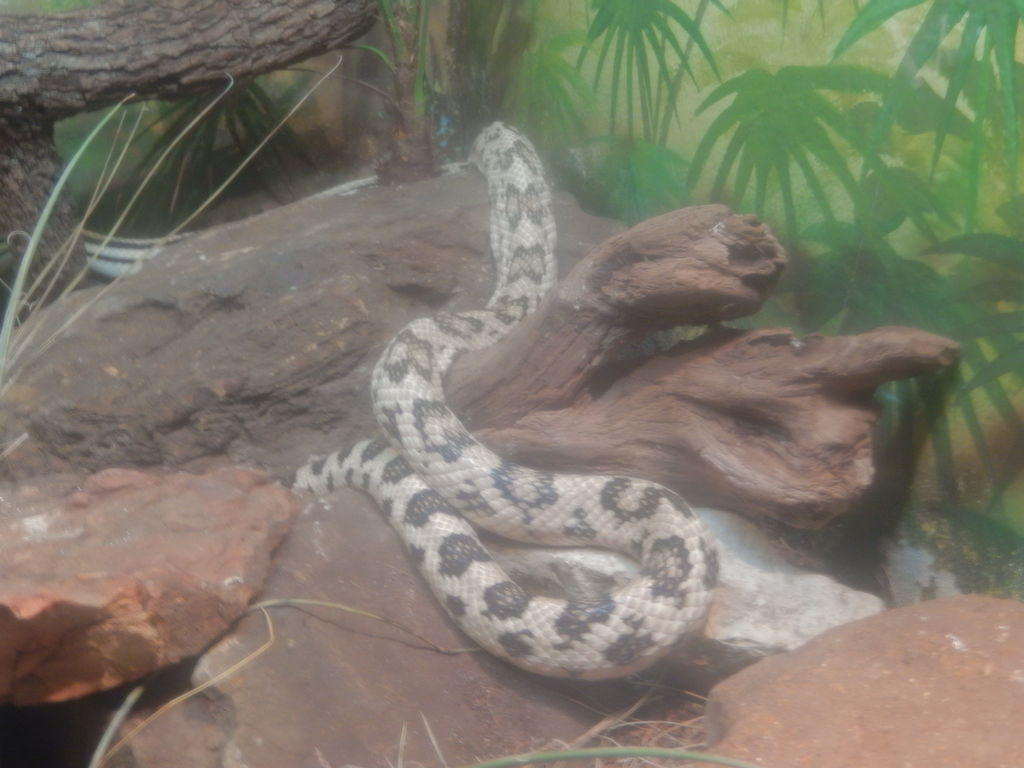
Counterintuitively, some snakes may fear potential prey items, especially if they’ve had negative past experiences. A snake that has been injured by a prey animal—bitten by a defensive rodent or scratched during a failed strike—may develop a lasting aversion to similar prey. This learned fear response represents an adaptive survival mechanism, as continuing to pursue dangerous prey could result in serious injury or death. Young or inexperienced snakes sometimes display hesitancy toward prey that seems too large or active, even if technically within their feeding capacity. Some species also appear to have innate caution toward certain prey types, potentially an evolutionary response to ancestral predator-prey dynamics where certain animals posed consistent threats. Observant keepers may notice their snakes exhibiting body language like recoiling, rapid tongue flicking, or defensive posturing when presented with prey that triggers these fear associations.
Shedding Cycle Interruptions
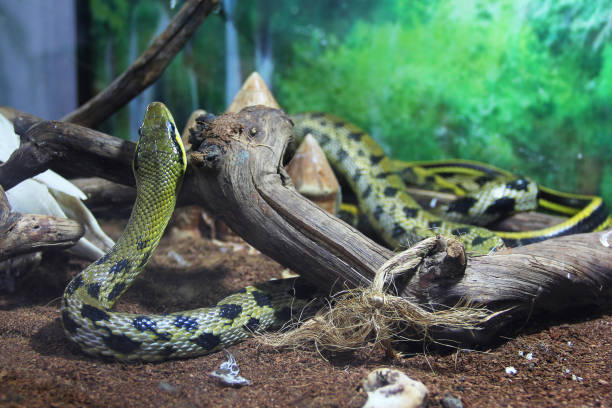
The shedding cycle represents a particularly vulnerable period in a snake’s life during which many species naturally avoid hunting and feeding. As new skin forms beneath the old, sensory capabilities become temporarily impaired—eyes cloud over during the “blue phase,” reducing vision, while the old skin covering heat-sensing pits and tongue may diminish other sensory input. This sensory dampening makes accurate striking more difficult, increasing the risk of failed hunting attempts or potential injury. Additionally, the physical process of shedding requires significant energy, which the snake conserves by reducing activity, including hunting behavior. The integumentary changes also create physical discomfort as the old skin lifts, making the vigorous movements required for constriction or swallowing potentially painful or problematic. Most keepers recognize this pattern and temporarily suspend feeding attempts when their snakes show signs of imminent shedding.
Dietary Specialization
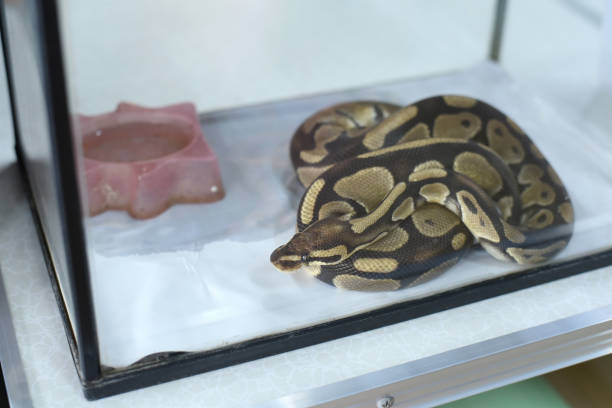
Many snake species have evolved as dietary specialists, developing strong preferences for specific prey types that may cause them to completely ignore other potential food items. Egg-eating snakes of the genus Dasypeltis possess specialized adaptations for consuming bird eggs and typically show no interest in conventional live prey. Similarly, African twigsnakes (Thelotornis) primarily target lizards and may refuse rodents or other common feeder animals. These specialized feeding patterns reflect evolutionary adaptations to particular ecological niches, where physiological and behavioral traits have become optimized for specific food sources. The sensory systems of these specialists may be specifically tuned to recognize only certain prey profiles, with unfamiliar items not triggering hunting responses at all. This specialization presents challenges in captivity, where providing appropriate dietary options sometimes requires creative solutions like scent-transfer techniques to trick specialists into accepting more readily available food items.
Prey Movement Patterns

The specific movement patterns exhibited by potential prey significantly influence whether a snake will recognize it as food and initiate hunting behaviors. Many species are triggered to strike by particular movement signatures—the scurrying of a mouse, the hopping of a frog, or the swimming of a fish—that signal the presence of their natural prey. When these movement patterns are absent, as in the case of stunned, injured, or unusually behaving prey, the snake may not register the animal as potential food despite its presence. Some captive snakes become highly attuned to specific movement cues through repeated feeding experiences, developing almost ritualistic expectations about how prey should behave. Research has demonstrated that even small deviations from expected movement patterns can fail to recognize prey, illustrating the importance of this visual triggering mechanism. For species that hunt primarily through vibration detection, prey that moves too quickly or too slowly may fall outside their optimal detection range, essentially becoming invisible to the predator.
Age and Developmental Factors
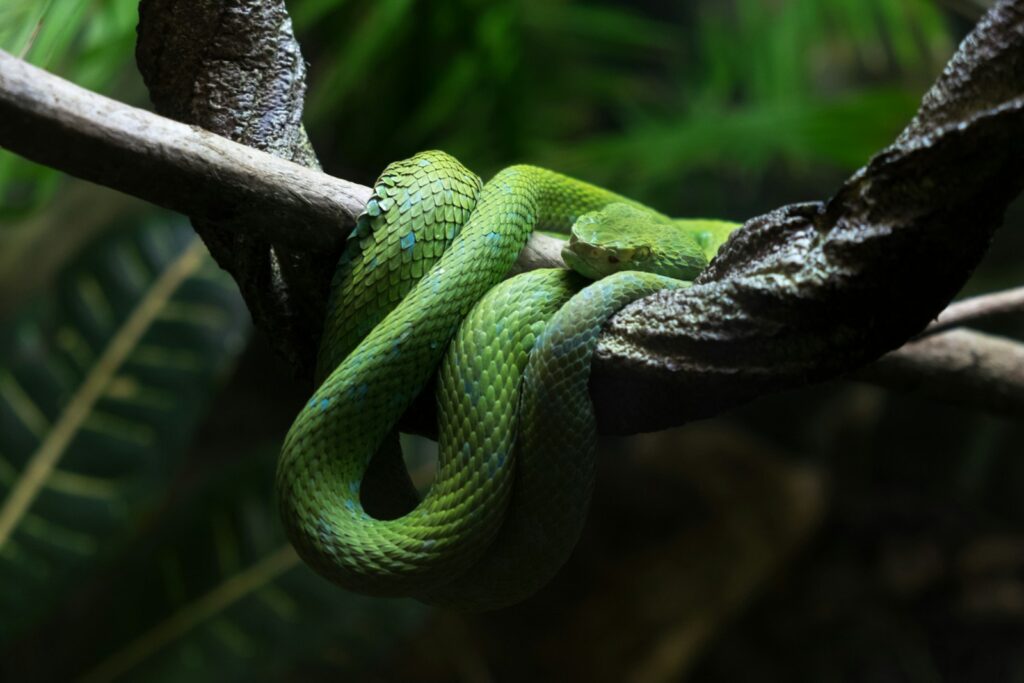
A snake’s age and developmental stage significantly influence its relationship with live prey, with feeding preferences and behaviors evolving throughout its lifespan. Neonatal and juvenile snakes often possess innate prey recognition for specific food items appropriate to their size and hunting capabilities, sometimes differing dramatically from their adult diet. As snakes mature, most species undergo dietary shifts, with many starting life eating insects or small lizards before transitioning to larger prey like rodents or birds. Geriatric snakes frequently demonstrate reduced hunting drive as their energy requirements decrease and physical capabilities diminish with age. Some species display clear ontogenetic shifts in prey preference, with younger individuals being insectivores or lizard specialists before developing the jaw strength and body size needed for mammalian prey. These age-related changes reflect both the physical limitations of different life stages and the evolutionary adaptations that optimize feeding success throughout a snake’s life cycle.
Learned Behavior in Captivity
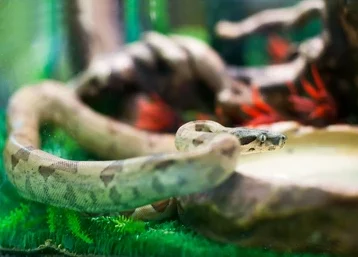
Captive environments create unique circumstances where snakes may learn behaviors that dramatically alter their natural hunting instincts. Snakes that have been exclusively fed pre-killed prey items for extended periods often lose the motivation to pursue live food, having learned the reliable pattern of regularly provided meals without hunting effort. The classical conditioning process becomes powerful—some captive snakes associate specific cues like the opening of their enclosure or the sound of feeding tongs with imminent feeding, responding to these signals rather than to the presence of prey itself. Particularly intelligent species like king snakes and rat snakes demonstrate remarkable adaptability in their feeding responses, sometimes learning to approach keepers at feeding time or position themselves strategically in anticipation of food. This behavioral plasticity has evolutionary advantages, allowing snakes to adapt to changing food availability, but in captivity, it can result in complete dependence on human-provided feeding routines.
Environmental Conditions Affecting Prey Drive
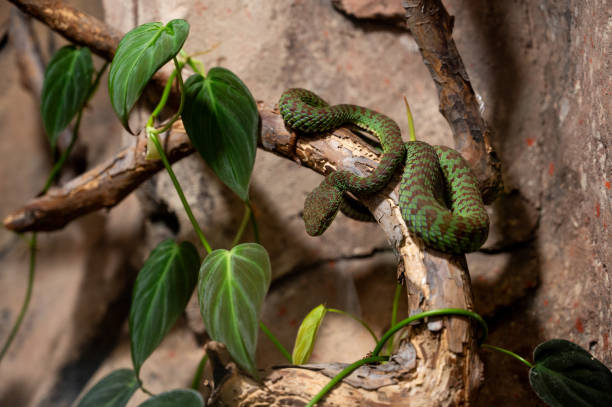
The immediate environmental conditions surrounding a snake profoundly affect its willingness to engage with live prey, with several specific factors capable of completely suppressing hunting behavior. Inappropriate temperature ranges prevent proper metabolic function, directly impacting a snake’s ability to digest and therefore its motivation to feed—too cold and digestion becomes impossible, too hot and the metabolic costs become prohibitive. Humidity levels outside a species’ comfort range create physiological stress that overrides feeding instincts, particularly in species adapted to specific moisture conditions. Excessive light exposure disturbs many naturally crepuscular or nocturnal hunters, making them feel exposed and vulnerable during feeding attempts. Enclosure size and furnishing also play crucial roles, as inadequate hiding spaces or inappropriate substrates can create constant stress states where predatory behavior becomes suppressed as a secondary concern to perceived safety threats. These environmental influences explain why some snakes feed readily in one setting but completely avoid prey in another, despite identical food offerings.
Implications for Captive Care
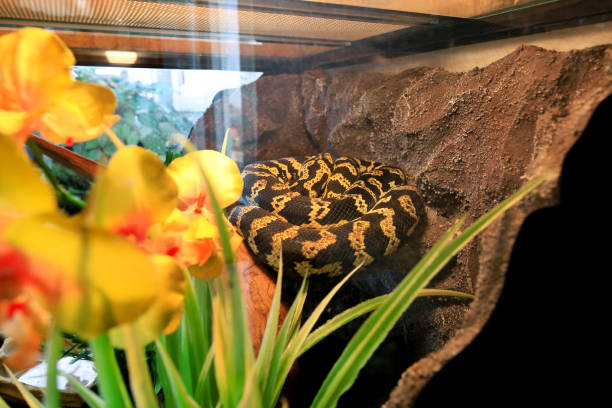
Understanding why snakes sometimes avoid live prey has direct practical applications for providing optimal care in captivity. Responsible keepers can minimize stress by creating naturalistic enclosures with appropriate hiding places, maintaining correct temperature gradients, and limiting handling during sensitive periods like acclimation or breeding season. The recognition that prey refusal often signals health issues prompts vigilant observation and early veterinary intervention, potentially preventing minor conditions from developing into serious illnesses. Awareness of natural fasting periods helps prevent unnecessary force-feeding attempts that can traumatize snakes during normal biological cycles like brumation or shedding. For specialized feeders, knowledge of dietary requirements guides the provision of appropriate prey items or the development of training techniques to encourage acceptance of more readily available alternatives. This holistic understanding of snake feeding psychology ultimately leads to healthier captive specimens that display more natural behaviors and experience less stress-related illness.
The complexity behind a snake’s decision to avoid live prey reveals the sophisticated interplay of biology, psychology, and environmental factors influencing these remarkable reptiles. From stress and illness to evolutionary specialization and learned behaviors, multiple mechanisms can override the fundamental hunting instinct. For snake keepers, recognizing these patterns provides valuable diagnostic information about their animals’ health and well-being. For biologists, these behaviors offer fascinating windows into reptile cognition and adaptive strategies. Rather than viewing prey avoidance as problematic, we can appreciate it as part of the rich behavioral repertoire that has allowed snakes to become such successful and diverse predators across countless ecological niches. By respecting and accommodating these natural tendencies, we can better meet the needs of these extraordinary animals in both captive and conservation contexts.

